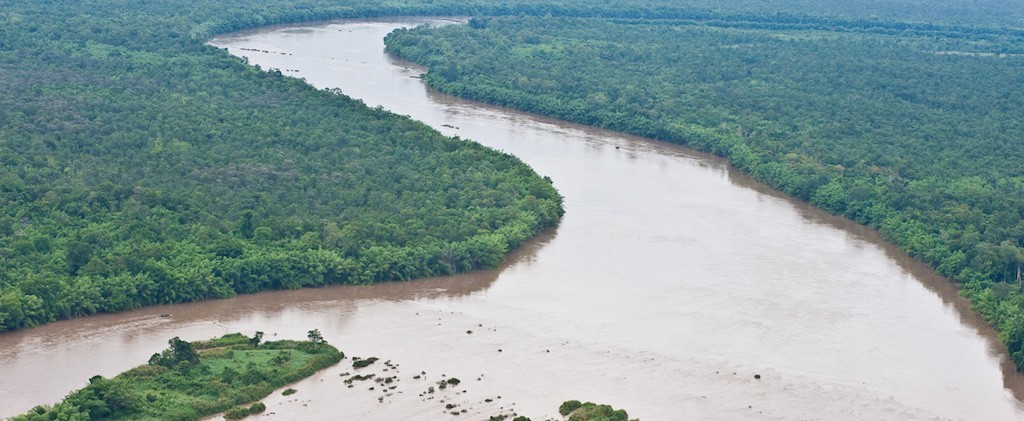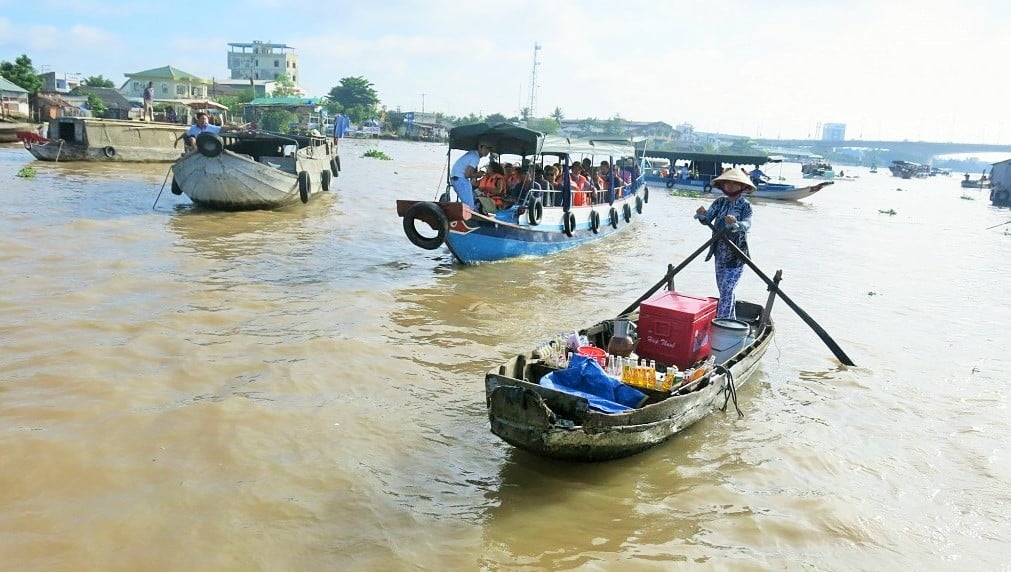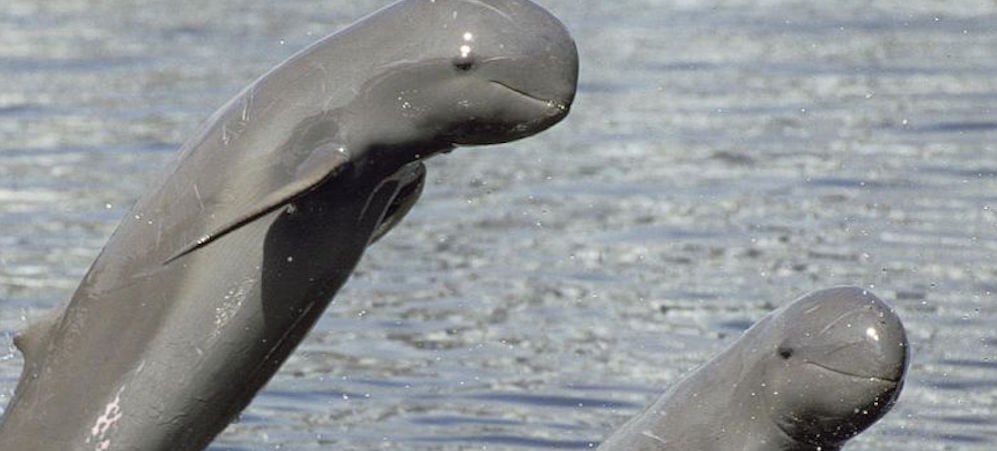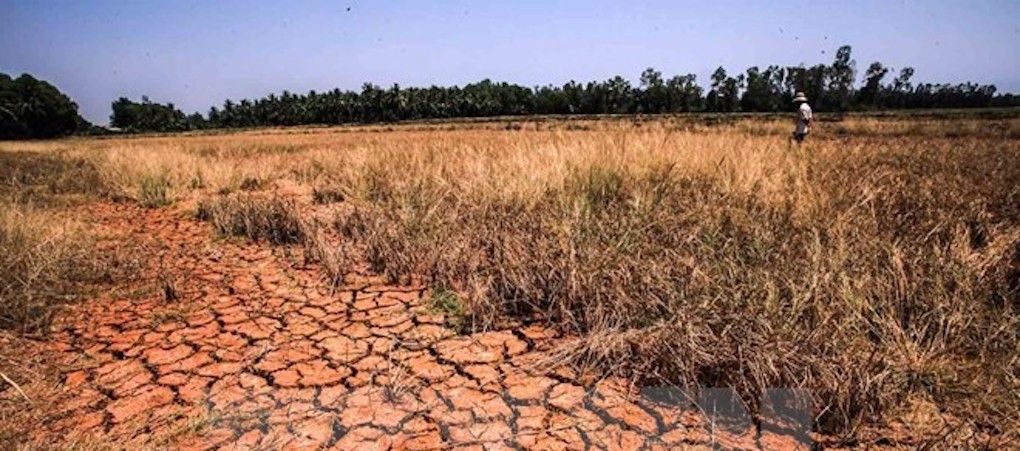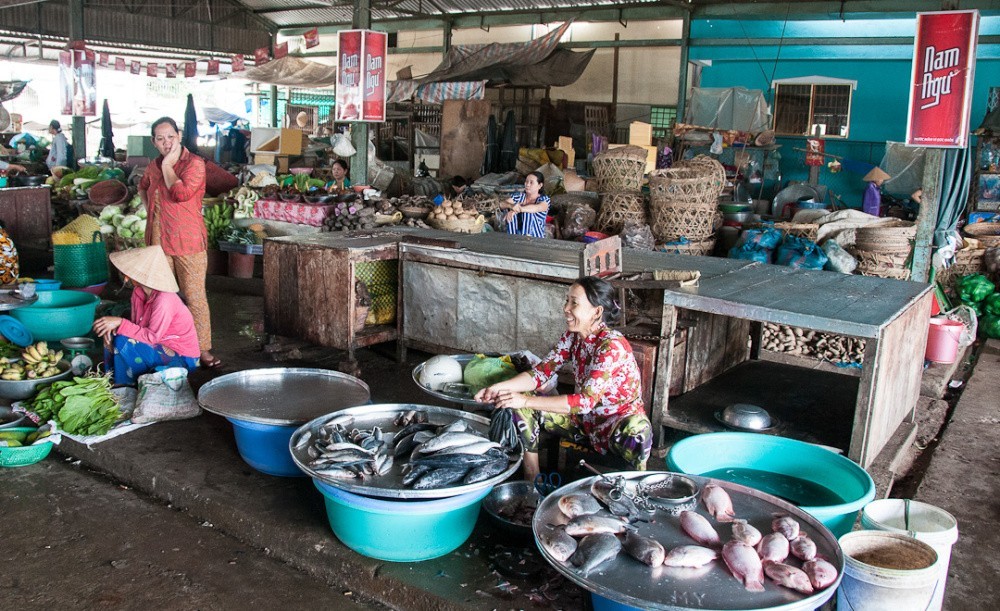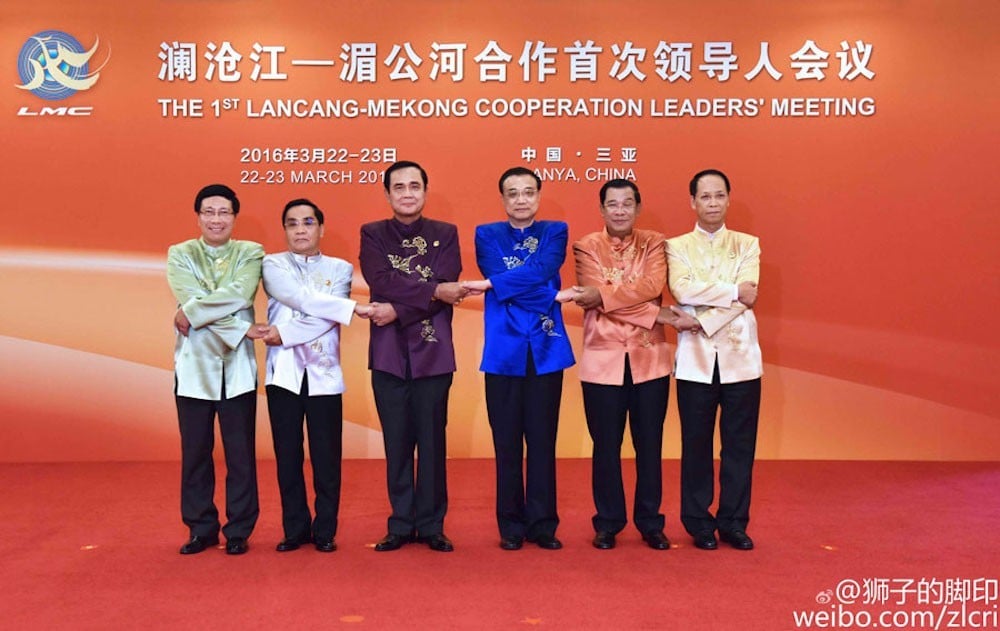Asia’s water woes are worsening. Already the world’s driest continent in per capita terms, Asia now faces a severe drought that has parched a vast region extending from southern Vietnam to central India. This has exacerbated political tensions, because it has highlighted the impact of China’s dam-building policy on the environment and on water flows to the dozen countries located downstream.
Category: Mekong
Major Study Warns Planned Dams May Severely Harm Mekong Delta
A major new study warns that a planned cascade of hydropower dams along the Mekong River could cause “very high adverse effects on some of the key sectors and environmental resources in Cambodia and Viet Nam.”
Viet Nam’s Ministry of Natural Resources and Environment has just publicly released “Study on the Impacts of Mainstream Hydropower on the Mekong River”, also known as the “Delta Study.” The study used models to simulate various dam construction scenarios. And the results raise alarm bells for the over 60 million people who rely on the Mekong Delta for their livelihoods.
Dolphin calves born in the Mekong
The Mekong River now has so many dams that one of the worlds mightiest rivers could almost run dry. In the dry season, river levels do in fact become dangerous for the rare river dolphins, Orcaella brevirostris Illegal fishermen and stranding opportunities increase, but the good news this March, as river levels rise again, is that no animals were lost and 3 calves were born near the delta. 688 river guards protect the dolphins and the river in Cambodia and the Lao PDR, and that investment surely must be helping! The WWF report the story here.
Many plants and animals rely on the might flow of the Mekong, with 1100 fish species alone, thousands of insects, mammals, amphibians, birds and reptiles well-known to researchers. The dolphins feed on fish, cephalopods and crustacea, facing intense competition from humpback and bottlenose dolphins when at the coast. Perhaps the 90 or so dolphins in Lao PDR and Cambodia can act as suitable emblems of the extinction possibilities threatening the rainforest and the riverine species. This dolphin is classed as Vulnerable, according to the IUCN Red Book classification, like many others of its order and so many others in the rapidly disappearing habitats around SE Asia.
China to release more water to alleviate SE Asia drought
China will release more water from a dam in its southwestern province of Yunnan to help alleviate a drought in parts of Southeast Asia, China’s Foreign Ministry said on Tuesday, following an initial release begun last month.
Sino–Japanese competition heats up over Myanmar’s SEZs
China and Japan are eager to be involved in massive special economic zone (SEZ) projects in Myanmar, amid rising economic competition in the Greater Mekong Subregion (GMS). Since 2011, Myanmar has rapidly improved its diplomatic relations with the West and Japan in order to broaden its economic relations and mitigate its excessive dependence on China.
Vietnam Warns of Dire Impact From Planned Mekong Dams
Research commissioned by Vietnam has warned of devastating environmental and economic effects for millions of people living along the Mekong River if 11 proposed dams are built on its mainstream.
Vietnam seeks Netherlands’ help in preserving water in Mekong Delta
Deputy Minister of Natural Resources and Environment Chu Pham Ngoc Hien made the call at the fifth meeting of the Vietnam – Netherlands Intergovernmental Committee on Climate Change Adaptation and Water Management in Hanoi on March 30.
He noted that the issue had been raised in the committee’s fourth meeting but so far no suitable partners were found for the work.
The Deputy Minister highlighted the success of Mekong Delta Plan, adding that after reviewing the recommendations made by the plan, Vietnam realised that more in-depth measures are needed to improve water management in the Delta.
China’s its own worst enemy in regional relations
China’s pattern of regional conduct has come increasingly into focus in recent times. Its behaviour is much less about maintaining the ‘status quo’, and much more about revising the established dynamics and contours in the region to its preferences. This revisionism is likely to become the primary source of tensions and potential conflict in Southeast Asia.
A view of the dam at the Jinghong Hydropower Station on the Lancang River, the Chinese section of the Mekong River, in Jinghong city, Yunnan province, 20 May 2013. (Photo: AAP).
Nowhere are China’s revisionist aims more evident than in the South China Sea and the upper reaches of the Mekong River, which straddles southern China, Myanmar, Thailand, Laos, Cambodia and Vietnam.
Five Features of Lancang-Mekong River Cooperation
A new word-Lancang-Mekong River cooperation was added into the Chinese diplomatic dictionary last year. This morning, the Foreign Ministry website released the information that the first leaders’ meeting on Lancang-Mekong River cooperation will be held in Sanya, Hainan Province. Compared with many serious diplomatic words, “Lancang-Mekong” is down-to-earth from the beginning and brings to mind a popular food “blueberry”.. What is Lancang-Mekong River cooperation? What does it do? Who is it intended for? How does it benefit people’s lives? Now, let us get close to and understand Lancang-Mekong cooperation and thus taste this “blueberry”.
1.What is Lancang-Mekong River cooperation?
2.What has the Lancang-Mekong River cooperation done?
3. What is the aim of the Lancang-Mekong River cooperation?
4. What will Lancang-Mekong River cooperation do?
5. What will the future of Lancang-Mekong River cooperation look like?
Govt. expedites diversion of water from Mekong
The Royal Irrigation Department has confirmed that the public sector is trying to increase water volumes in the country especially by diverting water from the Mekong river to drought-hit areas.
Expert from the Royal Irrigation Department Sanya Saengphumphong said the department was conducting a study on how to divert water from the Mekong for use and building temporary pumping stations with the capacity of 40 million cubic meters. The pumping stations are expected to benefit more than 10,000 Rai of drought-hit areas. The pumping stations will be upgraded into permanent ones with the capacity of 100 million cubic meters in 2017.
The department also had a plan to divert water from the Moei and Salween rivers in Myanmar into the Bhumibol dam in Thailand, said the expert.


